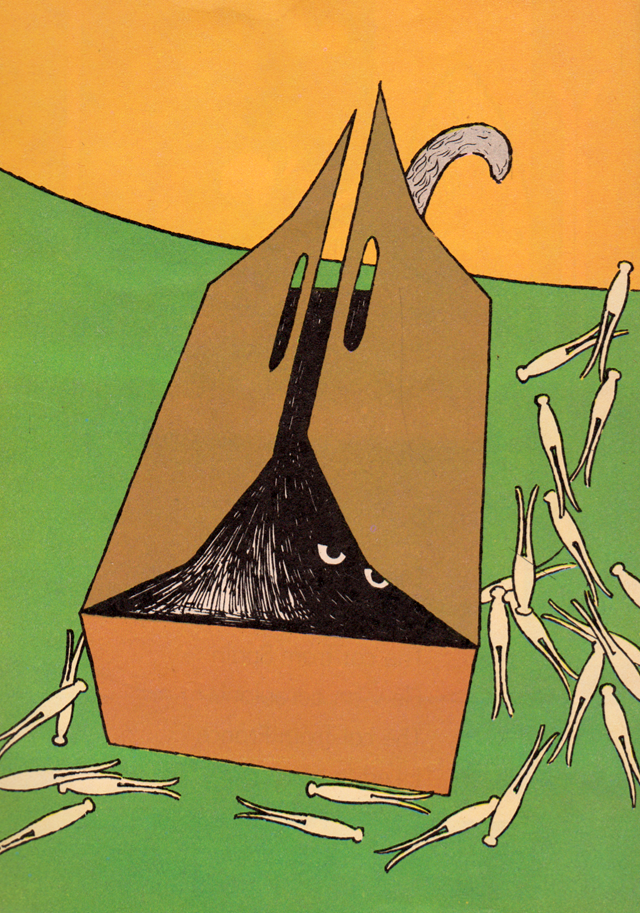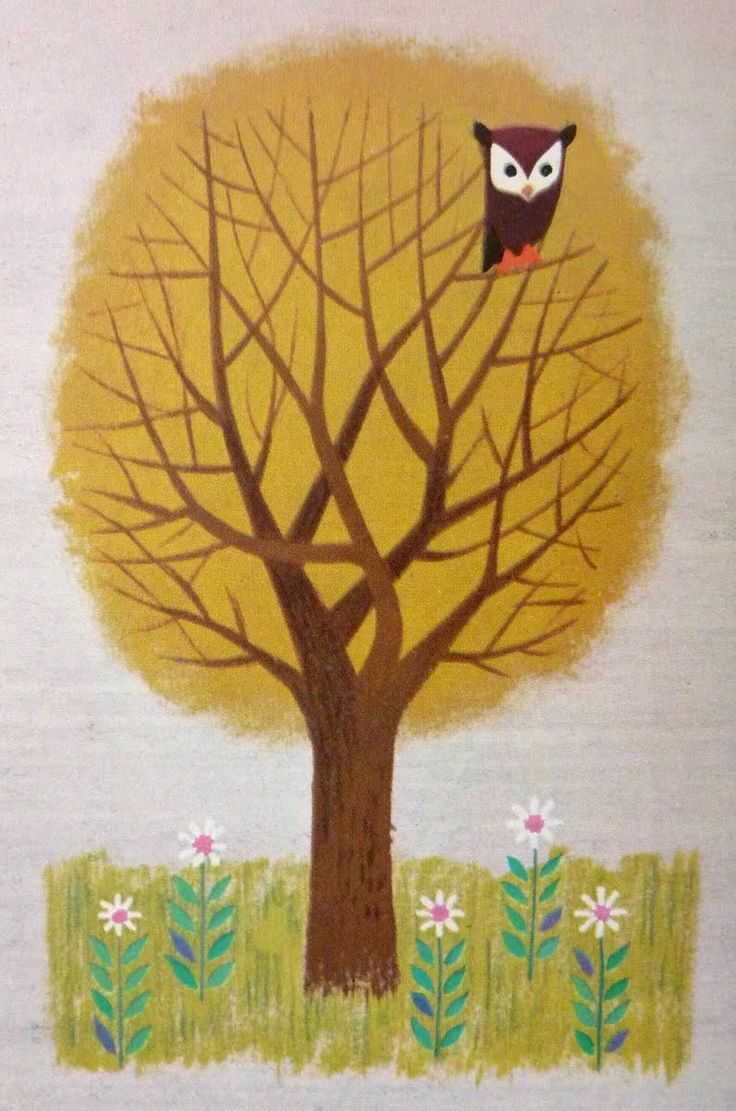|
At home I have two cats, Yoda a white and ginger tom who seems forever on the prowl for little birds and mice that inhabit the back garden, and Orla an anxious thing who doesn’t really like humans particularly but prefers her own company thank you very much. They are pretty much polar opposites but do share one thing in common: a predilection for hiding in or sitting on cardboard boxes. They are naturally drawn to discarded packaging and seek out ways to inveigle themselves within boxes of any shape and size.
And so I’ve noticed do most children. There’s something about both the open-endedness and the cosiness that a box offers. A box can be anything. Literally anything. It’s a blank canvas unlike the former contents of it. A toy can have as many beeps and lights on it, can have cost the world and can give a child a degree of fascination but all these pale in to insignificance when there’s an empty box to climb in, scribble on or convert. The moment we stand still in our practice is the moment that we stop seeing it as a journey. I'm a firm believer in continually trying to improve what my team and I do within our setting, Certain principles remain steadfast at the heart of what we do: our image of the child as someone who is full of magic and language, the necessity for adult-led learning to be engaging and skill-driven and underpinning all of this the 3Ms which seek to enable children to meet the demands of the adult world whilst retaining play and playfulness across each day. These root ideas give us the platform to put layers over the top so that we can explore new paths with our children. In the future I'm going to investigate how we can implement Trisha Lee's Helicopter Story model to bring stories and children's inner stories to life. I can do this in the knowledge that the approach embraces play and puts children at the centre of their learning, valuing their dialogues and imaginations.
Currently, as I have begun to lay out in previous blogs, I'm exploring the potential of 'projects' - mini inputs that expand the fascinations that I see around me within the children's play and enable me to offer additional signposts for children to run with if they so wish. The content of the project input is always skills-based so that even if certain children don't choose to explore the project they at least come into contact with modelled writing, shared thinking and an experience where children's thoughts are valued and heard. Whenever we put children at the centre of their own learning, the potential for exciting things to happen grows exponentially... I always feel really sorry for the worms in my setting’s garden. Unsuspecting, they wriggle around in the soil, happy and content. That is until the doors open and children burst out, energised and eager, often on the hunt for mini-beasts to collect and ‘home’. The sensible insects scuttle off and hide but the poor earthworms, with their limited pace and seeming duller wits, just lie there waiting for little fingers and hands to begin pulling and poking.
Worms are incredibly fascinating for young children and seem to prompt a multitude of questions and reactions. Some children recoil at the thought of holding them, whilst others take great delight in trying to collect as many as they can until they have a boiling mass of them in their palms, writhing in a living ball. To be fair the children don’t necessarily mean to harm them. The adults do give them pep talks about respect. However the fact remains that as the garden closes at the end of a session, one can often see a deceased worm or two lying flat and forlorn on the patio slabs or drowned in a bucket of water. It was witnessing this fascination that coincided with reading Bing Nursery School’s article about projects and led to the first project in my own setting taking the shape of Super Worm... Any time I come across an article or newsfeed from Stanford University's Bing Nursery School I tend to get excited and a tad emotional. It's a setting that I truly admire and I feel vibrates with an energy for the magic of children that I value in my own practice. I've never had the good fortunate to pay a visit but from this side of the Pond I still feel linked to the research and outcomes that they consistently explore and make public. An issue of their Bing Times can pass many an hour and the depth and range of its content is both inspiring and challenging.
One of my favourite pastimes is to revisit past online issues of Bing Times to try and unearth gems that I may have missed on previous readings. Recently I found myself being drawn to the October 2017 edition and as I read through I found my curiosity turn into wonder and evolve into a Eureka moment. An article about 'projects' really stood out, almost with a giant leap out of the screen. Here before me was an idea so breathtakingly simple and possibly even glaringly obvious that it made me sit up with a jolt. |
AuthorCan I Go Play Now..? is committed to widening the understanding of the magic of children's play as an educational tool. Child-centred, play-based learning is where it's truly at.... Archives
November 2021
Categories
All
|
Enquiries: please email greg@canigoandplaynow.com
There is a World of Good Things - Together We Can Make It...




